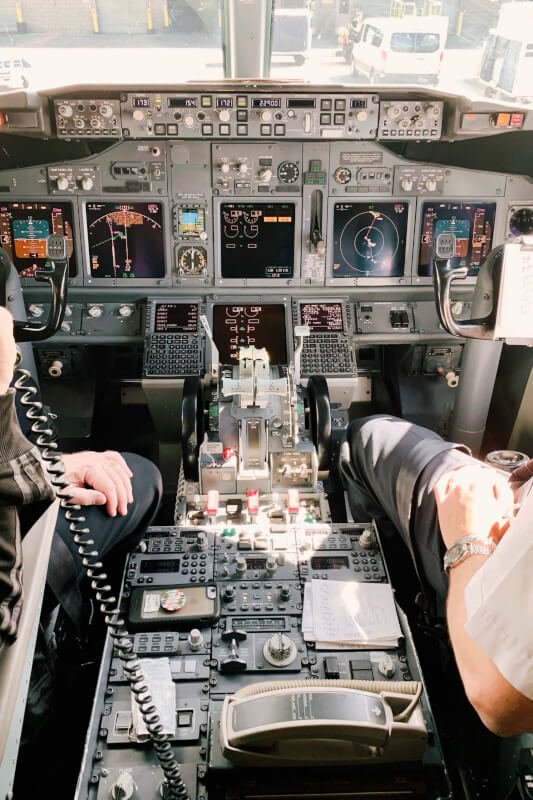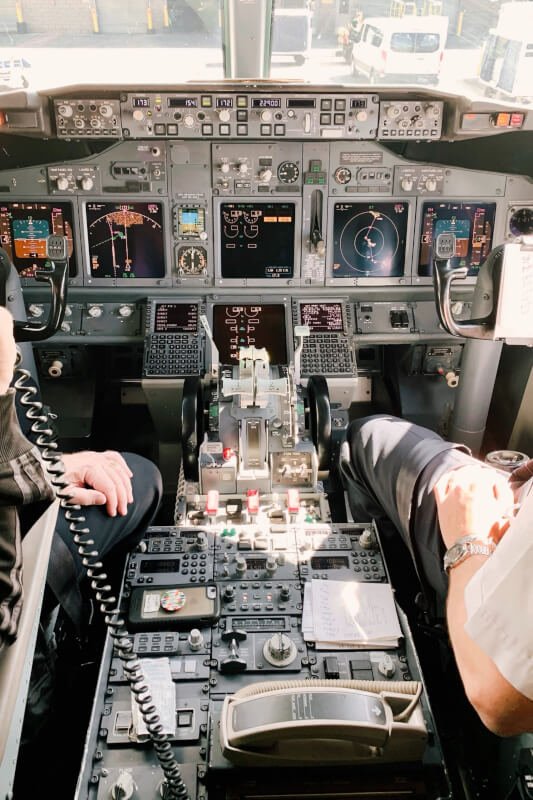Have you ever wondered how remote control (RC) aircraft are able to execute intricate maneuvers and fly with precision? One of the key components responsible for this impressive control is the transmitter. Acting as the pilot’s command center, the transmitter plays a crucial role in dictating the movements and behaviors of RC aircraft. By sending signals to the receiver onboard the aircraft, it enables pilots to control various functions such as throttle, steering, and even complex aerobatic maneuvers. Join us as we explore the vital role of the transmitter in controlling RC aircraft and delve into the fascinating world of remote-controlled flight.
Role of the Transmitter in Controlling RC Aircraft

Radio Control Systems
In the world of remote control aircraft, the transmitter is the vital interface between the pilot and the aircraft. It is the device that sends commands to the onboard receiver, which in turn controls the various functions of the aircraft. Transmitters are designed to provide reliable and precise control over the aircraft, allowing pilots to perform a wide range of maneuvers and actions with ease.
Signal Transmission
The transmitter plays a crucial role in ensuring seamless signal transmission between the pilot and the aircraft. It operates on specific radio frequencies, typically in the range of 2.4 GHz, which helps to minimize interference from other devices. Using advanced technology such as frequency hopping and spread spectrum modulation, transmitters ensure a stable and uninterrupted connection, allowing pilots to have full control over their aircraft at all times.

Control Inputs
Transmitters provide pilots with a range of control inputs, allowing them to manipulate the aircraft’s movements. These inputs typically include throttle control, aileron control, elevator control, and rudder control. By manipulating these controls, pilots can make the aircraft ascend or descend, roll left or right, pitch up or down, and yaw left or right. The transmitter provides a user-friendly interface with control sticks, buttons, and switches, enabling precise and intuitive maneuvering of the aircraft.
Power and Signal Range
The transmitter not only provides control over the aircraft but also ensures a strong and reliable signal transmission. Transmitters are equipped with powerful antennas that help to extend the signal range, allowing pilots to fly their aircraft at a considerable distance. The strength of the signal plays a crucial role in maintaining communication with the aircraft, ensuring that commands are received and executed without any delay or interruption.

Channel Allocation
To avoid interference from other transmitters operating in the vicinity, each transmitter is assigned a specific channel. These channels act as dedicated frequencies that allow pilots to control their aircraft without interference from other pilots. Channel allocation is essential in crowded flying areas, preventing signal clashes and ensuring a safe and uninterrupted flight experience.
Dual Rates and Exponential
Transmitters often come equipped with features such as dual rates and exponential. Dual rates allow pilots to adjust the sensitivity of the control inputs, providing them with the option to fly with higher or lower responsiveness. This feature proves useful for pilots of varying skill levels, allowing beginners to have smoother and more manageable control while enabling experienced pilots to perform more aggressive maneuvers. Exponential, on the other hand, lets pilots adjust the response curve of the control inputs, further fine-tuning the aircraft’s movements to match their preferences.
Trims and Subtrims
Transmitters also offer trims and subtrims, which serve to adjust the neutral position of the control surfaces. Trims help pilots achieve precise control by allowing them to fine-tune the aircraft’s response to their control inputs. By adjusting the trim settings, pilots can ensure that the aircraft maintains a stable flight attitude without any unwanted drifting or deviations. Subtrims, a more advanced feature, enable pilots to fine-tune the neutral position for specific flight conditions, such as compensating for wind or uneven weight distribution.
Fail-Safes
One of the most crucial roles the transmitter plays is in ensuring the safety of the aircraft in case of unexpected events. Fail-safes are built-in functionalities that activate in the event of signal loss between the transmitter and receiver, or if the transmitter’s batteries are running low. These fail-safe mechanisms initiate predetermined actions, such as bringing the aircraft to a controlled descent or maintaining a level flight attitude until signal communication is regained. Fail-safes provide peace of mind to pilots, reducing the risk of accidents and helping protect their aircraft.
Programming Options
Transmitters nowadays are equipped with advanced programming capabilities, allowing pilots to tailor the behavior of their aircraft to their preferences. These programming options enable pilots to fine-tune flight modes, set up custom control mixes, adjust servo endpoints, and even program advanced autopilot features where available. With these programming options, pilots can take full advantage of their aircraft’s capabilities and personalize their flying experience to suit their style and needs.
Compatibility and Interference
When choosing a transmitter, compatibility with specific receivers and aircraft is a crucial factor to consider. Different manufacturers may employ proprietary radio systems, and pilots need to ensure their transmitter is compatible with the intended aircraft or receiver. Additionally, transmitters should be aware of potential interference from other devices operating on similar frequencies, such as Wi-Fi routers or cordless phones. By being mindful of compatibility and potential interference, pilots can ensure a reliable and uninterrupted control over their aircraft.
In conclusion, the transmitter plays a pivotal role in the world of remote control aircraft. It serves as the interface between the pilot and the aircraft, enabling precise and reliable control over its movements. With features such as signal transmission, control inputs, power and signal range, channel allocation, dual rates and exponential, trims and subtrims, fail-safes, programming options, and compatibility considerations, the transmitter empowers pilots to explore the skies and enjoy the thrill of flying an RC aircraft with confidence and ease.


